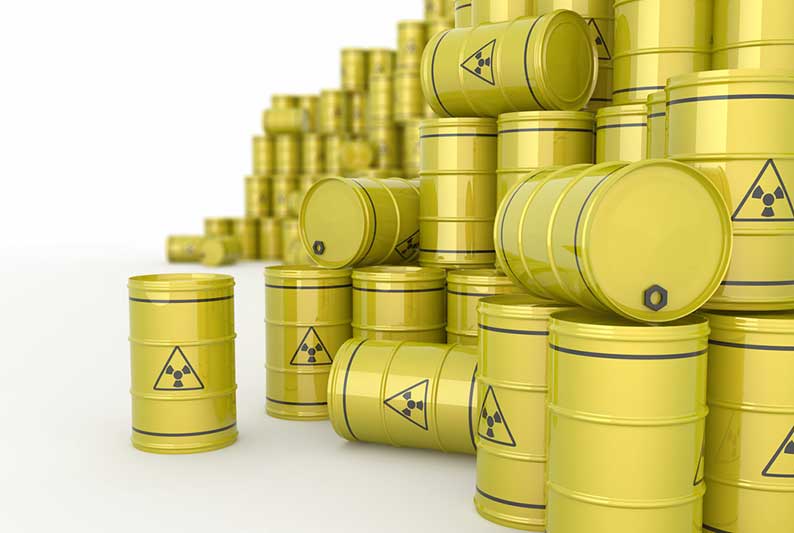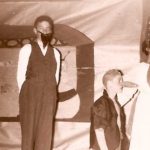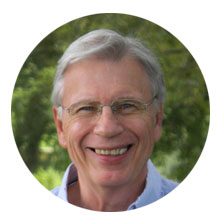Week after week, the Dodgeville Chronicle published testimonials proclaiming cures of every imaginable illness. Hemorrhoids shrunk miraculously. Scabies dried up. Arthritis was relieved. Gallstones disappeared. And a lady who’d been going downhill with cancer, after an afternoon in the tunnel, said she felt better than she’d felt in months.
These treatments with their miraculous results were based on the belief that radiation could heal disease. A small store in Lone Rock, Wisconsin, became what they called a “Uranium Tunnel,” selling customers the opportunity to sit on benches, the seats and walls lined with pads containing small amounts of uranium. The operation ran from 6 a.m. to midnight, with as many as 200 customers a day.
The proprietor had no education beyond eighth grade and no medical knowledge. But his business was so successful that it inspired similar sites in ten more Wisconsin counties.
The process provided a low-grade, diffuse radiation treatment that wasn’t directed and controlled in a way that could bring any benefit, and it was dangerous to those exposed. As we’ve since learned, even a small amount of radiation can cause cancer.
The State Department of Health stepped in. They busted the bubble, and truth spilled out with the breakage. In 1955, the state closed down the Lone Rock and all other uranium operations for practicing medicine without a license.
When we desperately want something, like a person who’s lived through a long drought sees rain in every approaching cloud, we grasp at each possible resolution to our dilemma—no matter how remote the chances for success. If we want something badly enough, it lurks around every corner.
Seeing how people are so easily deceived, grasping and hyping a fantasy they want to believe, I thought there must be a better way to discover truth. This experience set me on the road to becoming a scientist.









